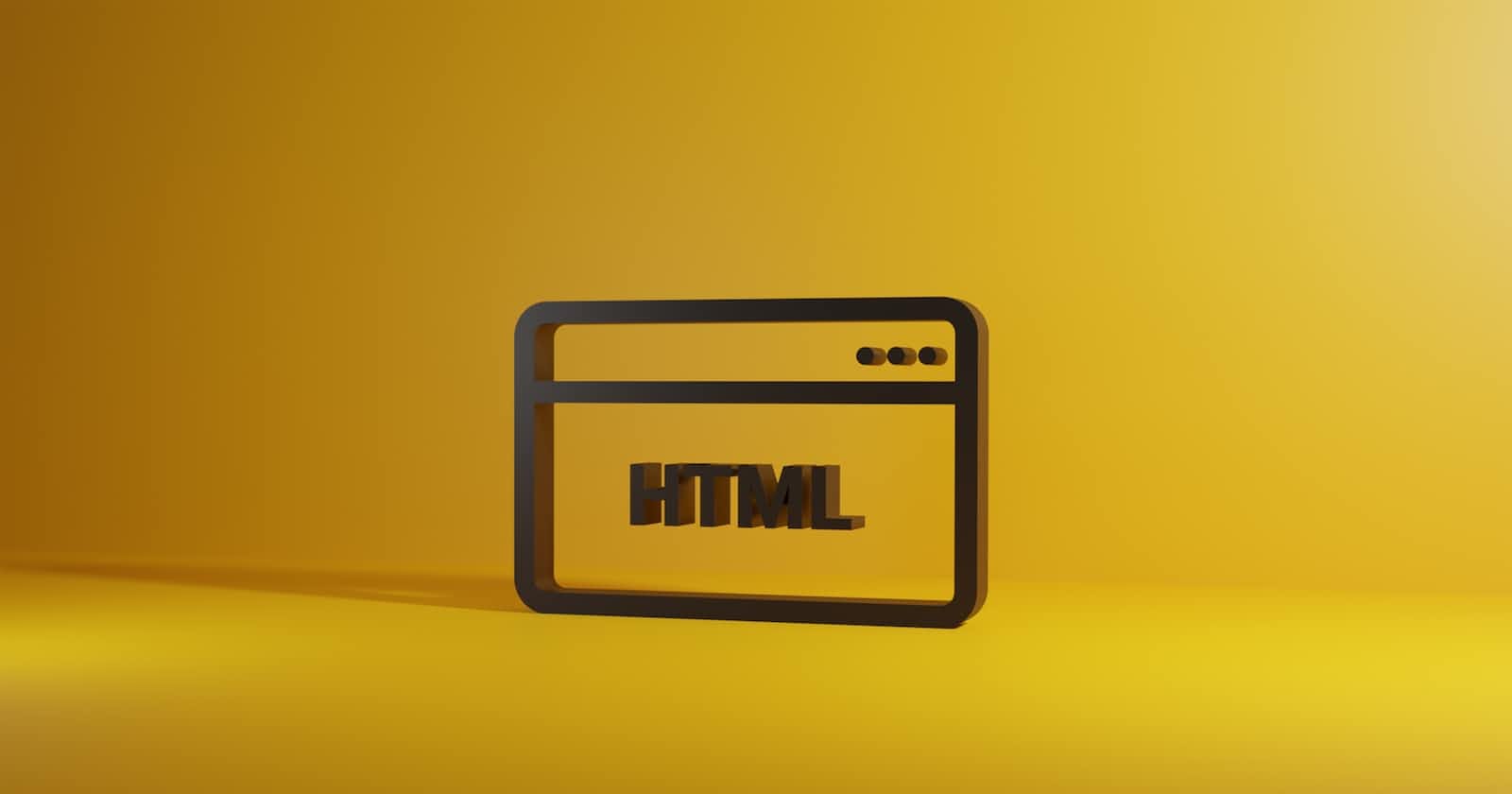Are you interested in building websites or curious about how websites are constructed? Look no further! In this blog post, we'll dive into the world of HTML, which stands for HyperText Markup Language, and learn the basics of web development. What is HTML?
What is HTML?
HTML is a markup language used to create the structure and content of web pages. It's the standard markup language for creating websites and web applications and is the backbone of the World Wide Web. HTML uses tags, which are enclosed in angle brackets (< >), to mark up elements on a web page and define their structure and presentation.
Understanding HTML Tags:
HTML tags are the building blocks of web pages. They define the structure and content of the page. Let's take a look at some common HTML tags:
<html>: This tag represents the root element of an HTML document and is used to define the beginning and end of an HTML document.<head>: This tag is used to define the head section of an HTML document. It contains meta-information about the document such as the title of the page, which is displayed in the browser's title bar or tab.<body>: This tag is used to define the body section of an HTML document. It contains the content that is displayed on the web page, such as text, images, links, and more.<h1>to<h6>: These tags represent headings of different levels, with<h1>being the highest and<h6>being the lowest. They are used to structure the content and provide a hierarchy to the headings.<p>: This tag is used to define a paragraph on a web page. It is used for displaying blocks of text.<a>: This tag is used to create hyperlinks, or clickable links, on a web page. It requires an attributehrefthat specifies the URL of the linked page.<img>: This tag is used to display images on a web page. It requires an attributesrcthat specifies the URL of the image file.
HTML Attributes
HTML tags can also have attributes, which provide additional information about an element. Attributes are specified within the opening tag of an element and are used to define the properties of an element. For example, the <img> tag requires an src attribute to specify the image file URL.
Top 10 HTML Interview Questions
Here are some commonly used HTML attributes:
id: This attribute provides a unique identifier for an element, which can be used to refer to the element in CSS or JavaScript.class: This attribute is used.
Building a Simple Web Page
Now that we have an understanding of some basic HTML tags, let's put them together to create a simple web page. Here's an example:
<!DOCTYPE html>
<html>
<head>
<title>My First Web Page</title>
</head>
<body>
<h1>Welcome to my website!</h1>
<p>This is my first web page.</p>
<img src="image.jpg" alt="An example image">
<p>Click <a href="https://example.com">here</a> to visit my favorite website.</p>
</body>
</html>
In this example, we start with the <!DOCTYPE html> declaration, which specifies the version of HTML we are using. Then, we have the <html> element as the root element, which contains the <head> and <body> elements. Inside the <head> element, we have the <title> element that specifies the title of the web page. The content of the title element will be displayed as the title of the page in the browser's title bar or tab.
Inside the <body> element, we have the <h1> and <p> elements for the heading and paragraph respectively. We also have the <img> element for displaying an image, and the <a> element for creating a hyperlink.
Conclusion
In conclusion, HTML is the fundamental language used for creating the structure and content of web pages. Understanding HTML is essential for anyone aspiring to become a web developer, as it serves as the building blocks of the web. In this blog post, we have covered the basics of HTML, including its structure, tags, and attributes.
By learning HTML, you can create headings, paragraphs, images, links, and more on your web pages. You can also use HTML to define the structure and layout of your web pages, making them visually appealing and user-friendly.
Remember, HTML is just one part of web development, and it works in conjunction with other technologies like CSS (Cascading Style Sheets) and JavaScript to create dynamic and interactive web pages. As you continue your web development journey, you'll delve deeper into these technologies and learn how they work together to create modern websites.
We hope this beginner's guide has provided you with a solid foundation in understanding HTML. With practice and continued learning, you'll be well on your way to mastering HTML and creating amazing web experiences. So, grab your text editor, start coding, and explore the endless possibilities of web development with HTML!

